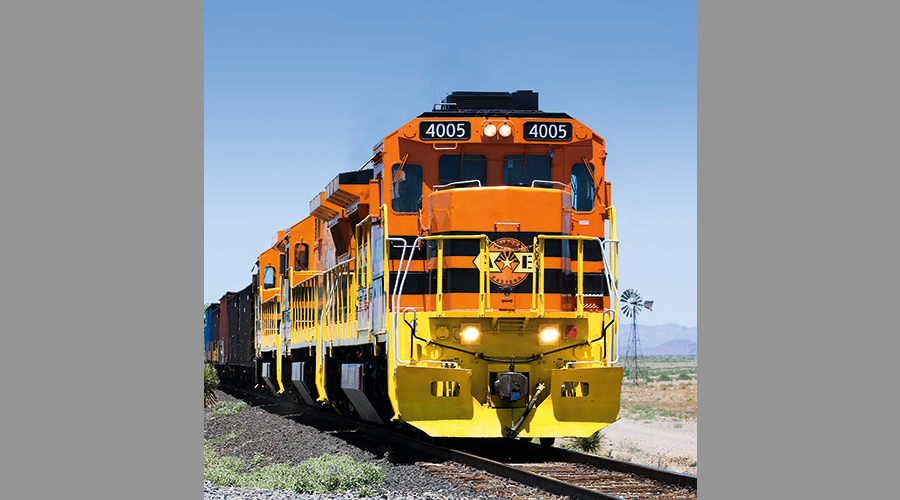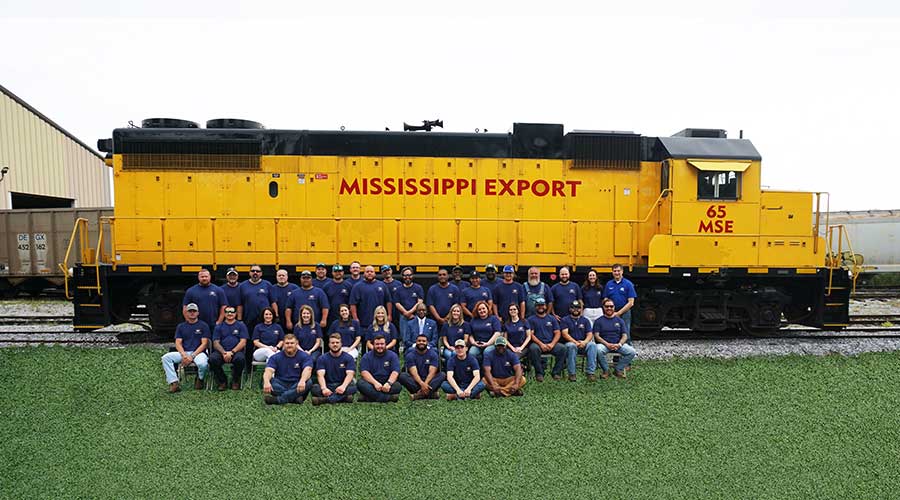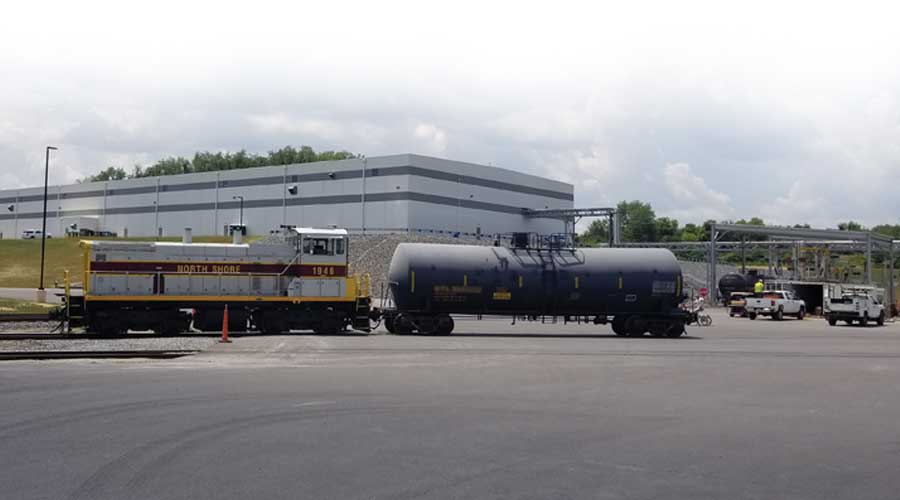Stay updated on news, articles and information for the rail industry
June 2008
Rail News: Short Lines & Regionals
For short lines, it’s all about adaptation
By Jeff Stagl, Managing Editor
The number of regionals and short lines in the United States and Canada have doubled to 550-plus during the past 50 years. But that won’t happen again in the next 50.
Although some small railroads will be formed because of line purchases or leases, many existing short lines will be acquired and absorbed into existing railroads, holding companies, or other private or public entities.
Class Is won’t spin off many branch lines, says American Short Line and
Regional Railroad Association President Richard Timmons.
“It’s difficult to go through all the hoops to put in rail these days and the Class Is are hanging onto their lines in case they need them in the future,” he says.
Expansion and contraction
In addition, Class Is are reacquiring lines they previously spun off, limiting opportunities to create new short lines, says Dave Parkinson, founder, chairman and chief financial officer of the Arizona Railroad Group, which owns two short lines.
“The short-line industry could well shrink to under 500 lines,” he says. “Some opportunities exist for new
industrial and switching short lines created by large industries and Class Is, [but] pressure will be put on the existence of some short lines as Class Is create mega-transload centers, depriving these lines of their local business.”
Short lines that survive will need to “churn” their customer base to thrive, says Timmons. Small railroads typically retain only about half of the customers they had five years ago because of changing markets and local dependence.
“They need to be aggressive about finding new opportunities,” says Timmons. “Maybe you’re a wood chip guy and the traffic isn’t there, and maybe you’re not a coal guy, but now’s the time to be a coal guy.”
It also would behoove short lines to focus on industrial development vs. solely serving local industries, says Ed Lewis, the Aberdeen & Rockfish Railroad’s long-time president, who retired last year.
“Short lines need to have industrial sites and places new industries can locate to,” he says.
One thing short lines don’t need going forward: more government regulation and oversight.
Fifty years ago, there was little oversight of short lines by government agencies; now, the Federal Railroad Administration and its state affiliates “regulate almost every aspect of short-line operations,” says Parkinson.
“While some of these regulations are useful, many create inspection, accounting, operational and reporting requirements that greatly increase short-line staffing and associated costs,” he says. “At last count, we had over 20 government compliance and record-keeping functions with which we must comply.”
In addition, new hazardous-material regulations will be burdensome to short lines because the inspection, tracking and positioning of haz-mat cars will require additional resources and limit short lines’ ability to handle the cargo, says Parkinson.
Fueling the regulation fires
Potential legislative actions targeting fuel surcharge calculations also is a serious threat to short lines, as well as the entire rail industry, says Robert Parker, president and chief executive officer of Regional Rail L.L.C.
“The decision a couple of years ago by the Class Is to share the fuel surcharge with the short lines has been critical to our financial health,” he says. “While some shared almost immediately, some held out for a long time believing short lines were already being compensated for rising fuel prices through their annual rail cost adjustment factor.”
Short lines also face hurdles to find ways to replace their aging and well- experienced workforces, as well as boost productivity.
Tapping into data and operational system advancements will help increase productivity, says Parkinson.
“One-person crews will become more the norm as short lines are armed with automation tools, such as RCL, remote-control switches and automated flat yards,” he says.
“Progress” has been a key short-line theme the past five decades. It’ll need to remain one, says Timmons.
“We have made strides and will continue to make strides in professionalism, profitability, operations, safety and customer relationships,” he says. 


 2025 MOW Spending Report: Passenger-rail programs
2025 MOW Spending Report: Passenger-rail programs
 Gardner steps down as Amtrak CEO
Gardner steps down as Amtrak CEO
 Guest comment: Oliver Wyman’s David Hunt
Guest comment: Oliver Wyman’s David Hunt
 Women of Influence in Rail eBook
Women of Influence in Rail eBook
 railPrime
railPrime








